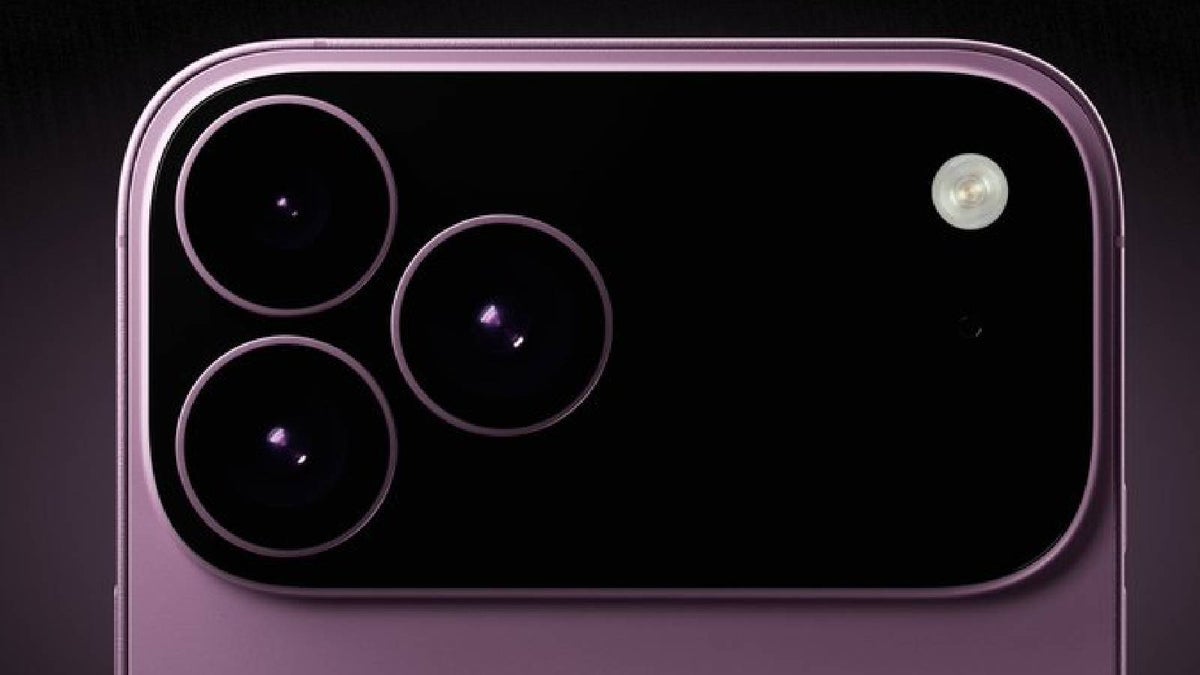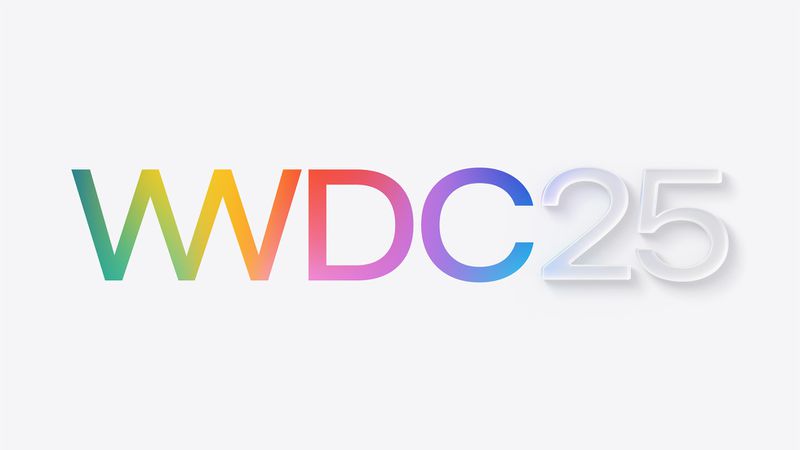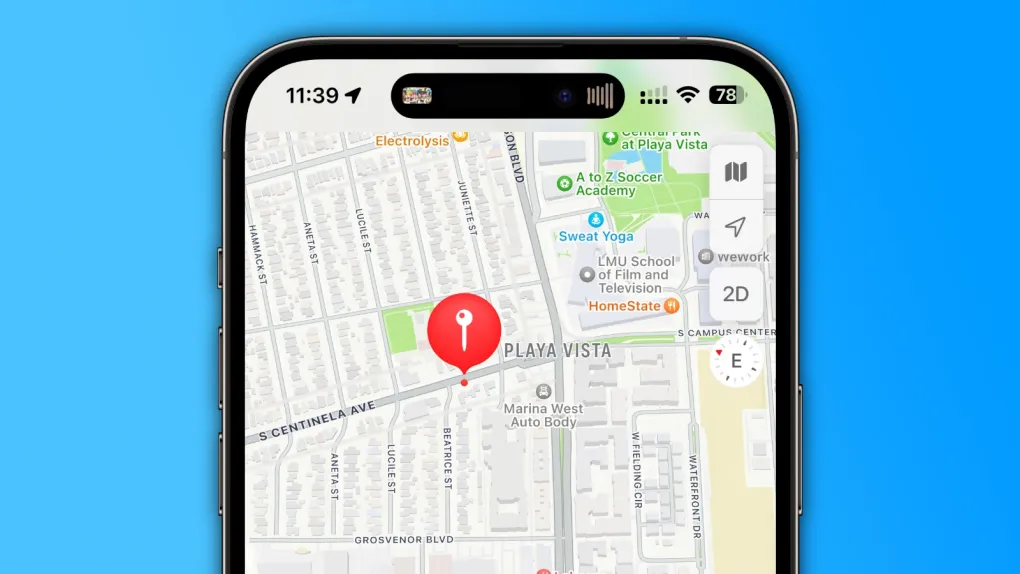Vision Pro 2: What’s New
Apple’s Vision Pro 2 is shaping up to be a big step forward. Word is, it’ll have a faster chip—likely the M5—to make everything run smoother and quicker. This means apps, games, and virtual reality should feel more seamless. Another upgrade might be better battery life, so you can use it longer without needing a charge. These changes aim to make the headset more powerful and user-friendly, perfect for work or fun.
iPhone 17 Pro: Fresh Features
The iPhone 17 Pro is set to bring some cool updates. Its camera could get a major boost with a 48-megapixel telephoto lens, letting you take sharper, more detailed shots, even from far away. Plus, it might support 8K video recording for super-clear videos. Another change is the body—rumors say it’ll use aluminum instead of titanium, making it lighter but still strong. A new rectangular camera bump across the back could give it a bold, fresh look. Inside, a better chip (maybe the A19 Pro) should make the phone faster and great for multitasking or gaming.
Why It Matters
These upgrades show Apple’s focus on making devices that are powerful yet easy to use. The Vision Pro 2 could make virtual reality more exciting, while the iPhone 17 Pro aims to improve photos, videos, and everyday tasks. Both are expected to launch later in 2025, and they’re already creating a buzz. Apple seems ready to keep pushing tech forward with tools that fit into our lives.








